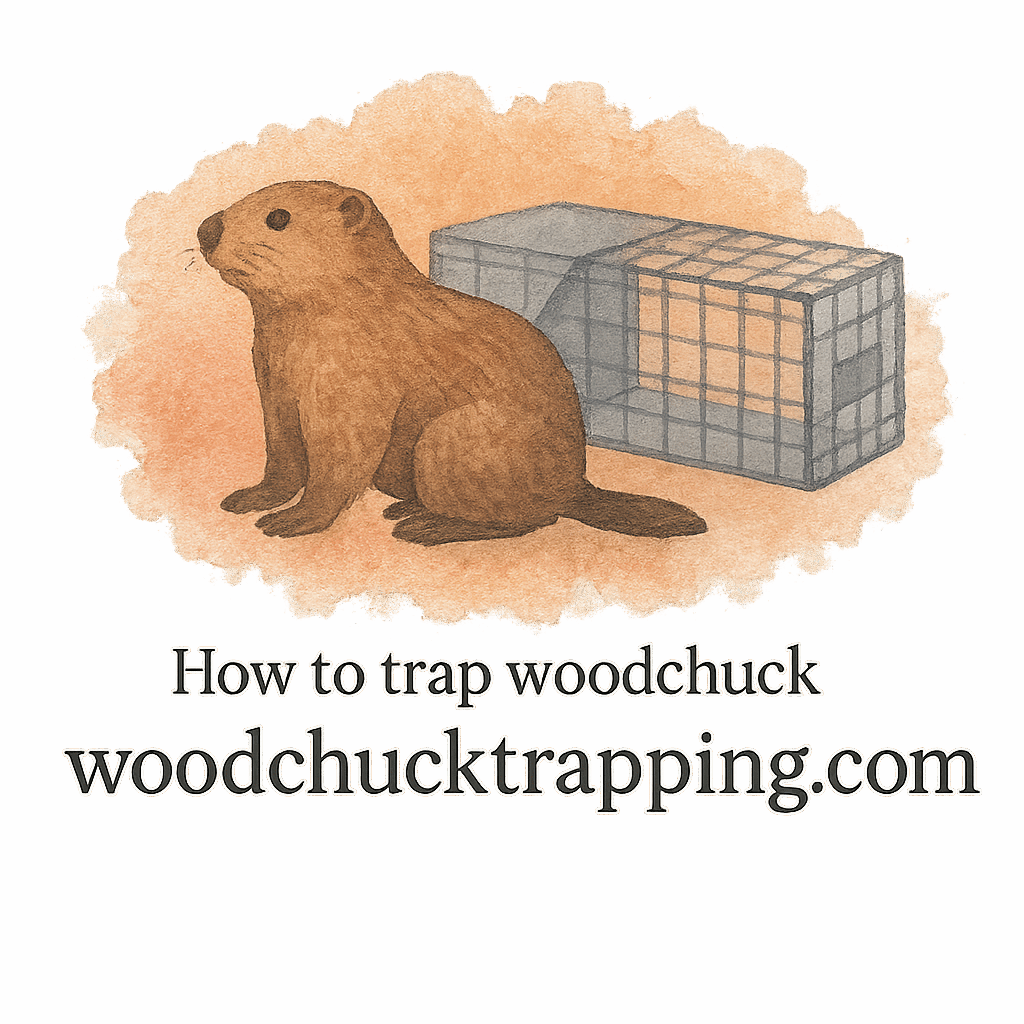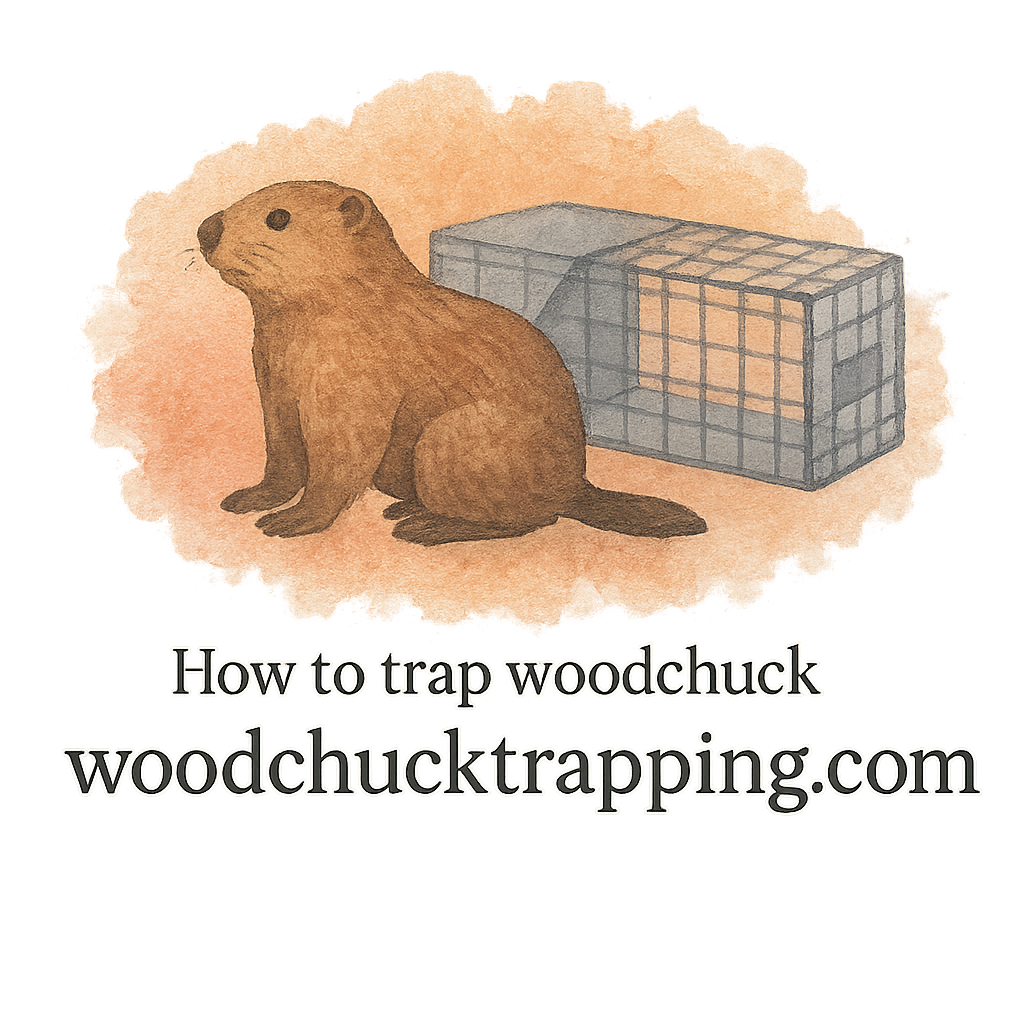Introduction
If you’ve ever walked out into your yard only to find giant holes, destroyed plants, or even collapsed ground, you know the frustration woodchucks (also called groundhogs) can bring. These critters may look cute, but their destructive habits can quickly turn your property into a mess. That’s where humane woodchuck trapping techniques come in—not only solving the issues they cause but also keeping the process ethical and safe.
In this article, we’ll explore 7 common problems fixed by humane woodchuck trapping techniques, why these methods are better than traditional ones, and how you can protect your yard while respecting wildlife.
Understanding Woodchuck Behavior
What Makes Woodchucks a Nuisance
Woodchucks are burrowing animals, and while their tunnels may be impressive, they wreak havoc on lawns, gardens, and even building foundations. They love feasting on vegetables, flowers, and crops—turning your hard work into their personal buffet.
Recognizing the Signs of Infestation
How do you know if you’ve got a woodchuck problem? Look for large burrow entrances, piles of dirt, chewed plants, and droppings. More details on spotting these issues can be found on woodchuck signs.
Why Choose Humane Trapping Methods
Ethical Considerations
Using humane trapping techniques means you’re solving the problem without causing unnecessary suffering. Unlike harmful traps, these methods allow safe relocation of the animal.
Safety for You and the Animal
Humane traps reduce risks like accidental injuries to pets, kids, or non-target animals. Learn more about laws and safety here.
Problem 1: Garden and Crop Damage
How Humane Trapping Protects Gardens
One of the biggest complaints about woodchucks is how they devastate gardens. By using humane traps, you can remove the culprit safely and protect your crops from ongoing damage.
Long-Term Prevention Strategies
Pair trapping with preventative steps like fencing and repellents. See prevention and damage control for more strategies.
Problem 2: Structural Damage from Burrows
Risks of Woodchuck Burrows Near Homes
Woodchucks dig burrows near sheds, decks, or foundations. Over time, these tunnels can weaken structures and even cause sinkholes in your yard.
Safe Relocation as a Solution
Humane trapping allows you to capture the animal and relocate it far enough away to prevent repeat damage. Learn more about effective trapping techniques.

Problem 3: Safety Hazards for Pets and Children
Preventing Accidental Encounters
Burrows and open holes pose tripping hazards, and woodchucks can bite if cornered. Humane trapping removes this risk safely.
Using Traps in Minimal-Space Yards
Even in small or urban yards, compact traps work effectively. Check out compact traps designed for minimal-space situations.
Problem 4: Spreading Infestations
Identifying Early Signs of Infestation
Woodchucks don’t usually come alone. If you see one, chances are there are burrows nearby. Spotting the early infestation signs is crucial.
Humane Removal Before It Spreads
By using humane traps, you prevent new colonies from forming, keeping your yard safe and under control.
Problem 5: Legal and Safety Issues
Following Trapping Laws
Every state has regulations for trapping wildlife. Using humane traps keeps you compliant while avoiding fines. Learn more about laws and safety.
Using Proper Trapping Equipment
From trap gear to tools, having the right setup makes a huge difference. Reviews of the best equipment can be found in equipment reviews.
Problem 6: Stress and Harm to the Animal
Humane Handling and Relocation
Proper handling ensures the animal isn’t injured or overly stressed. Tips on safe handling are available here.
Choosing Humane Traps
Modern traps are designed to minimize harm while still being effective. Explore humane trapping essentials.
Problem 7: Ineffective Traditional Methods
Why Old-School Traps Fail
Snap traps, poisons, and harmful methods often fail—or worse, create bigger problems like attracting other pests.
Modern Humane Techniques That Work
Today’s humane traps use lures, baits, and scents strategically. Learn how to use baiting and luring or explore effective trap scents.
Essential Tools for Humane Trapping
Trap Gear and Compact Traps
Choosing the right trap gear ensures success, especially in small yards.
Gloves, Lures, and Scents
Using gloves keeps human scent off traps, while proper scent baits and lures make your setup irresistible to woodchucks.
Preventing Future Woodchuck Problems
Damage Prevention Around Your Yard
Regular yard maintenance, sealing burrows, and fencing go a long way. Find detailed guides on yard damage prevention.
Long-Term Wildlife Management
Think beyond trapping—manage your property with a full trapping essentials approach for long-lasting results.
Conclusion
Woodchucks might be troublesome, but you don’t have to choose between saving your yard and harming wildlife. By using humane woodchuck trapping techniques, you fix major problems like garden destruction, structural damage, safety hazards, infestations, and even legal concerns—all while respecting the animal’s life.
With the right traps, equipment, and preventative measures, you’ll have a safer, healthier, and woodchuck-free yard.
FAQs
1. What’s the most effective bait for humane woodchuck trapping?
Fresh vegetables like lettuce, apples, and beans are great options. You can also check out baiting and luring tips.
2. Are humane traps safe to use around kids and pets?
Yes, when used properly, they’re far safer than harmful traps or poisons.
3. How far should I relocate a trapped woodchuck?
Experts recommend at least 5–10 miles away from your property.
4. Can I trap a woodchuck without professional help?
Absolutely! With the right tools and techniques, homeowners can handle it safely.
5. How do I know if a burrow is active?
Look for fresh dirt piles, tracks, or chewed plants near the entrance.
6. Is it legal to trap woodchucks everywhere?
Laws vary, so always check your local regulations. Start with laws and safety guidelines.
7. What should I do after removing a woodchuck?
Seal burrows, clean the area, and follow damage prevention methods to keep new ones from moving in.


